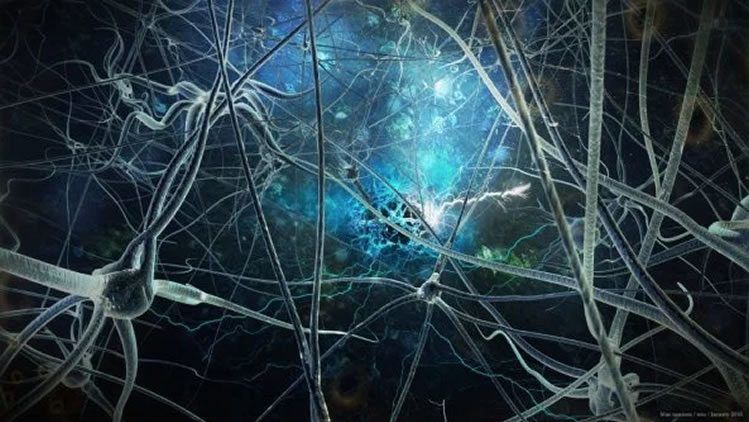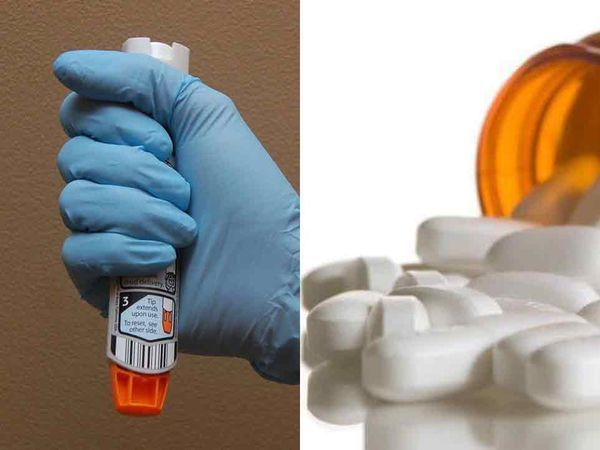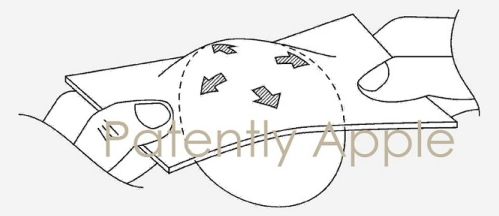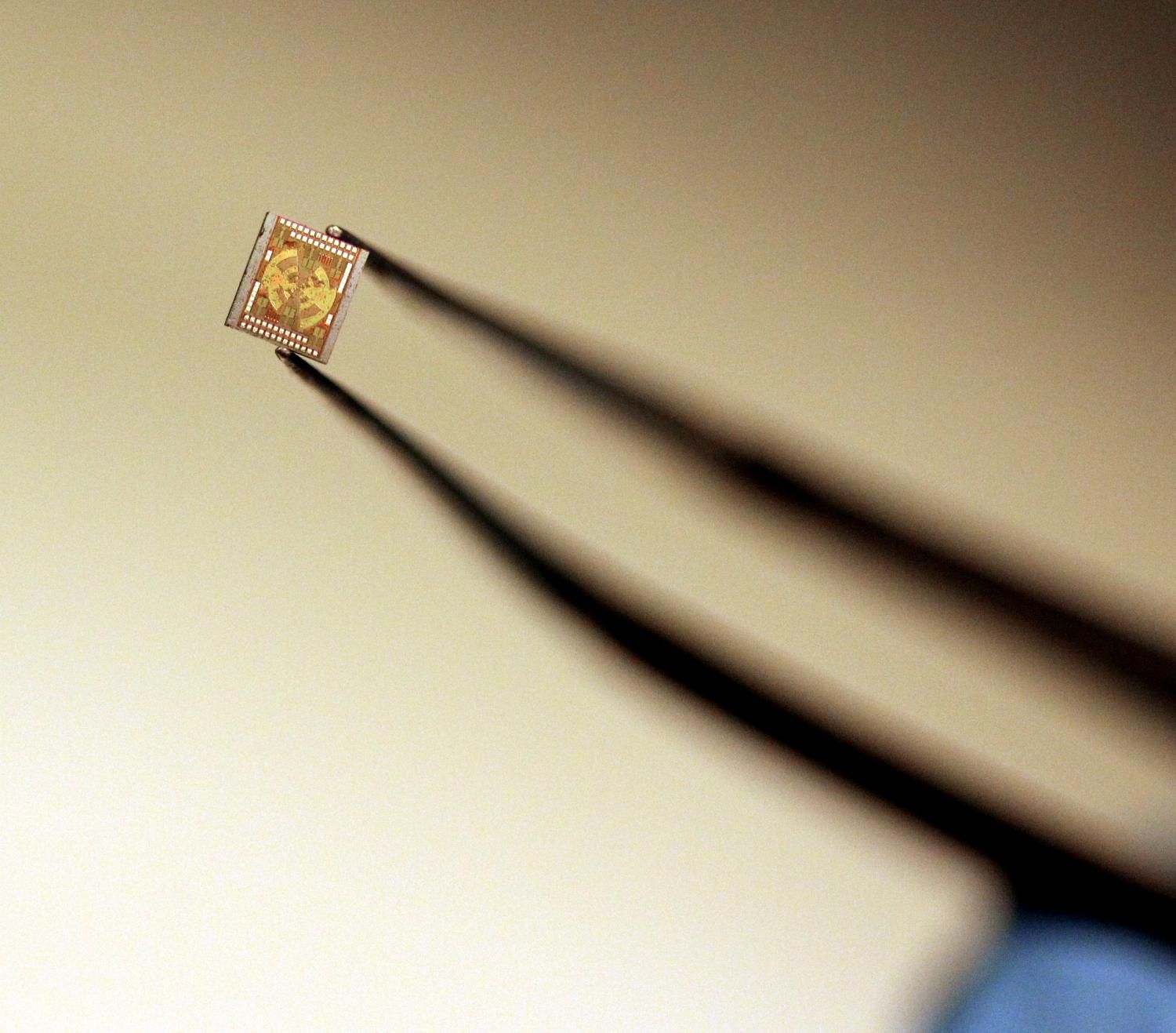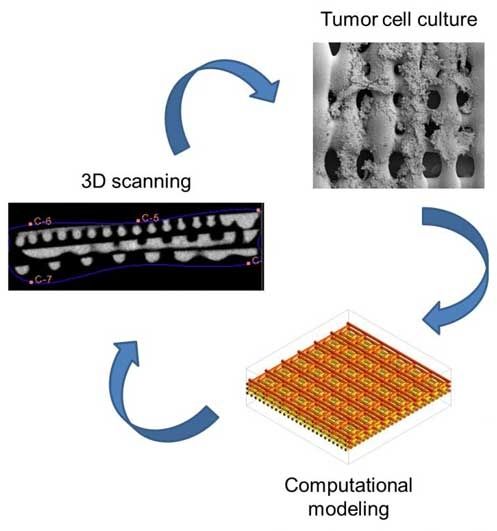Feb 10, 2017
Harvard Medical School Is Perfecting Brain Computer Interface Implants
Posted by Karen Hurst in categories: biotech/medical, robotics/AI
I suggest they connect with DARPA or Dr Phillip Ball on QBS.
This is undoubtedly relief for certain medical conditions, but the potential for misuse, harm and control demands an ethical debate to define the limits. Unfortunately, Technocrats shun such discussions. ⁃ TN Editor.
In labs testing how brain implants could help people with physical disabilities, tales of success can be bittersweet.
Continue reading “Harvard Medical School Is Perfecting Brain Computer Interface Implants” »
